Categories
The latest content
-

Customs Clearance & Import Regulations for Bulk Iranian Pinto Beans in EU, Middle East & Africa
..
-
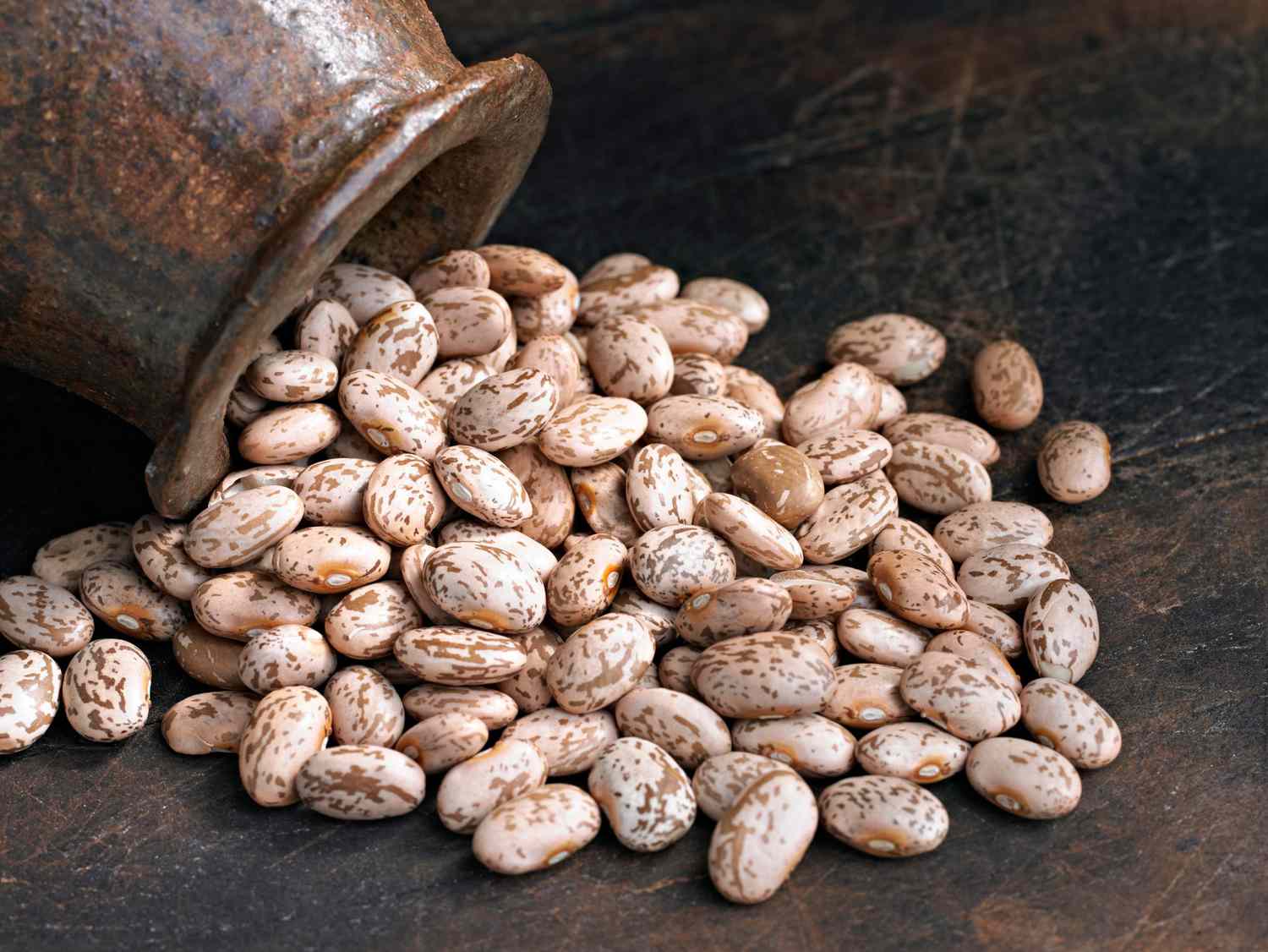
Quality Control & Laboratory Testing Standards for Iranian Pinto Beans
..
-
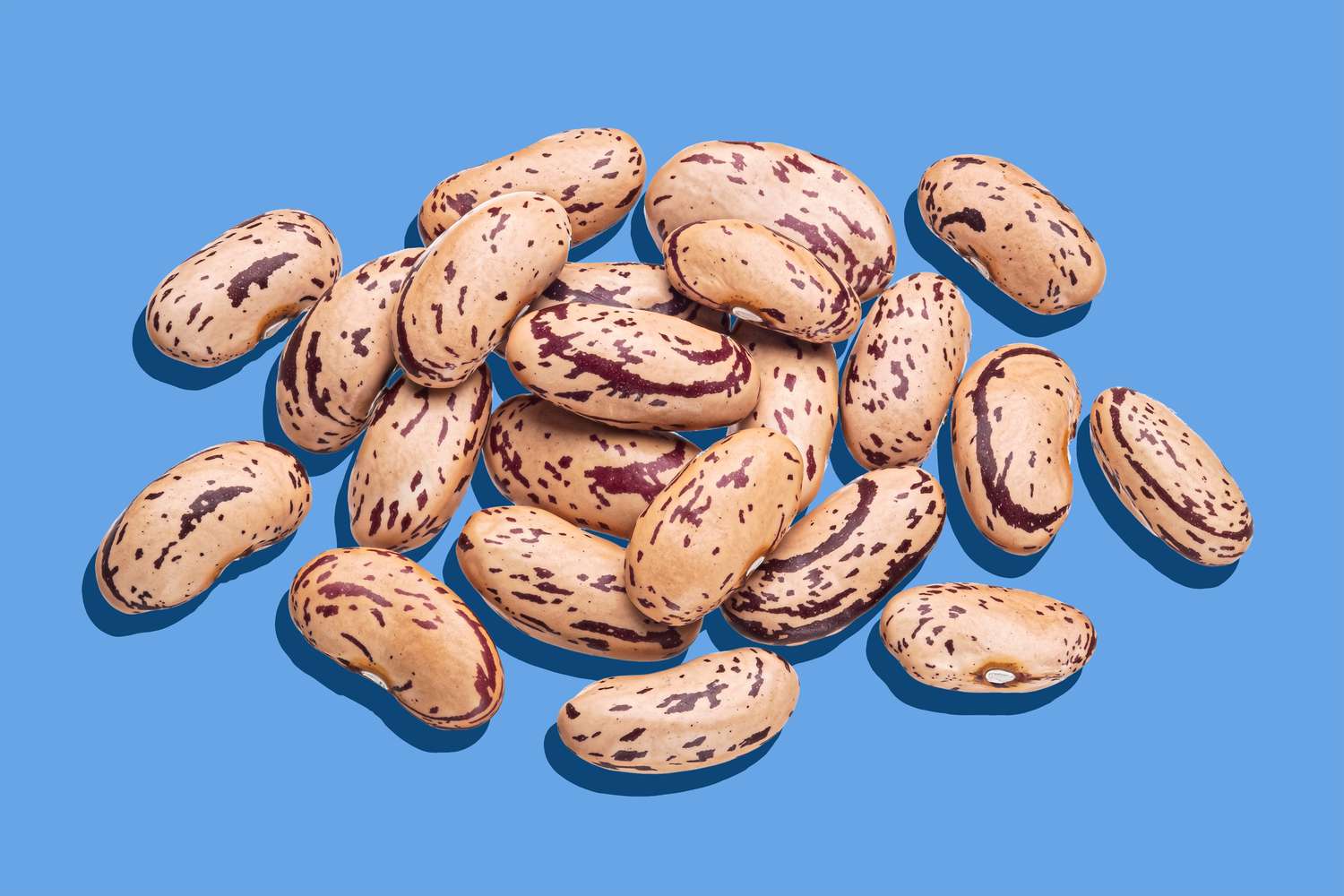
Logistics & Shipping Solutions for Bulk Iranian Pinto Bean Exports
..
-
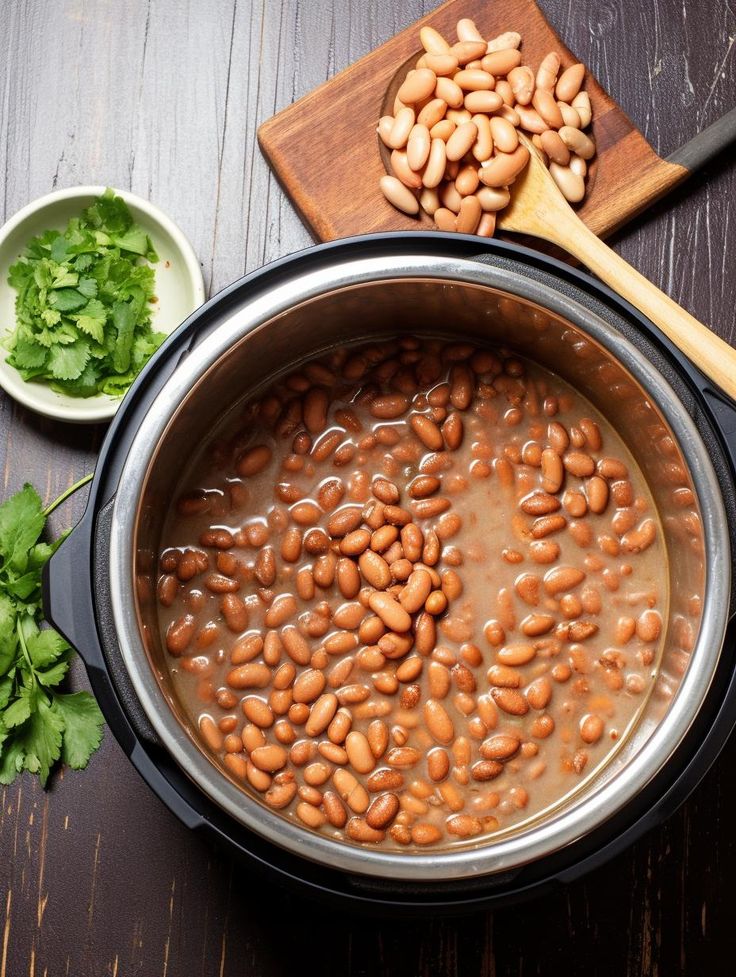
Minimum Order Quantity (MOQ) & Bulk Pricing for Iranian Pinto Bean Buyers
..
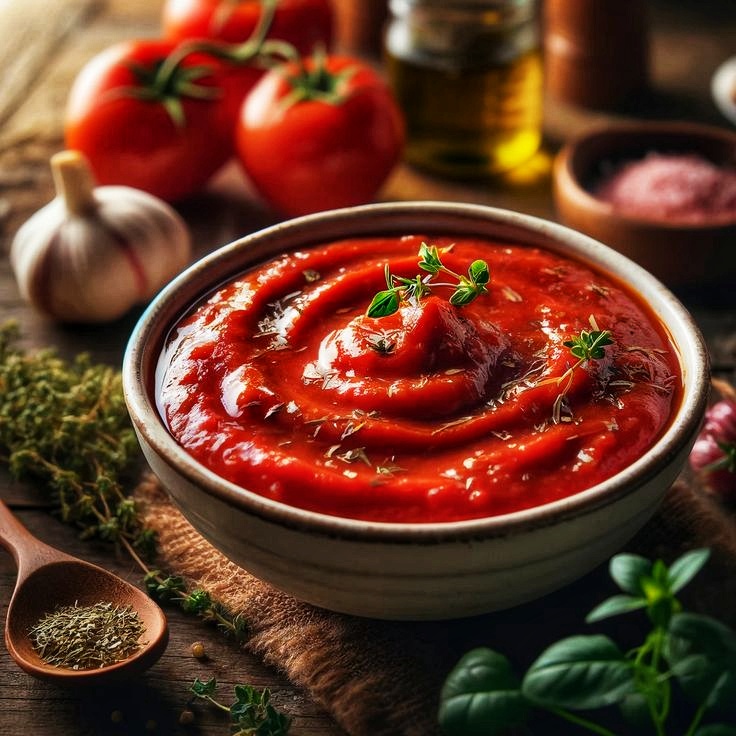
Tags
Unveiling the Majesty of Iranian Sadri Rice: A Culinary Journey to Persia
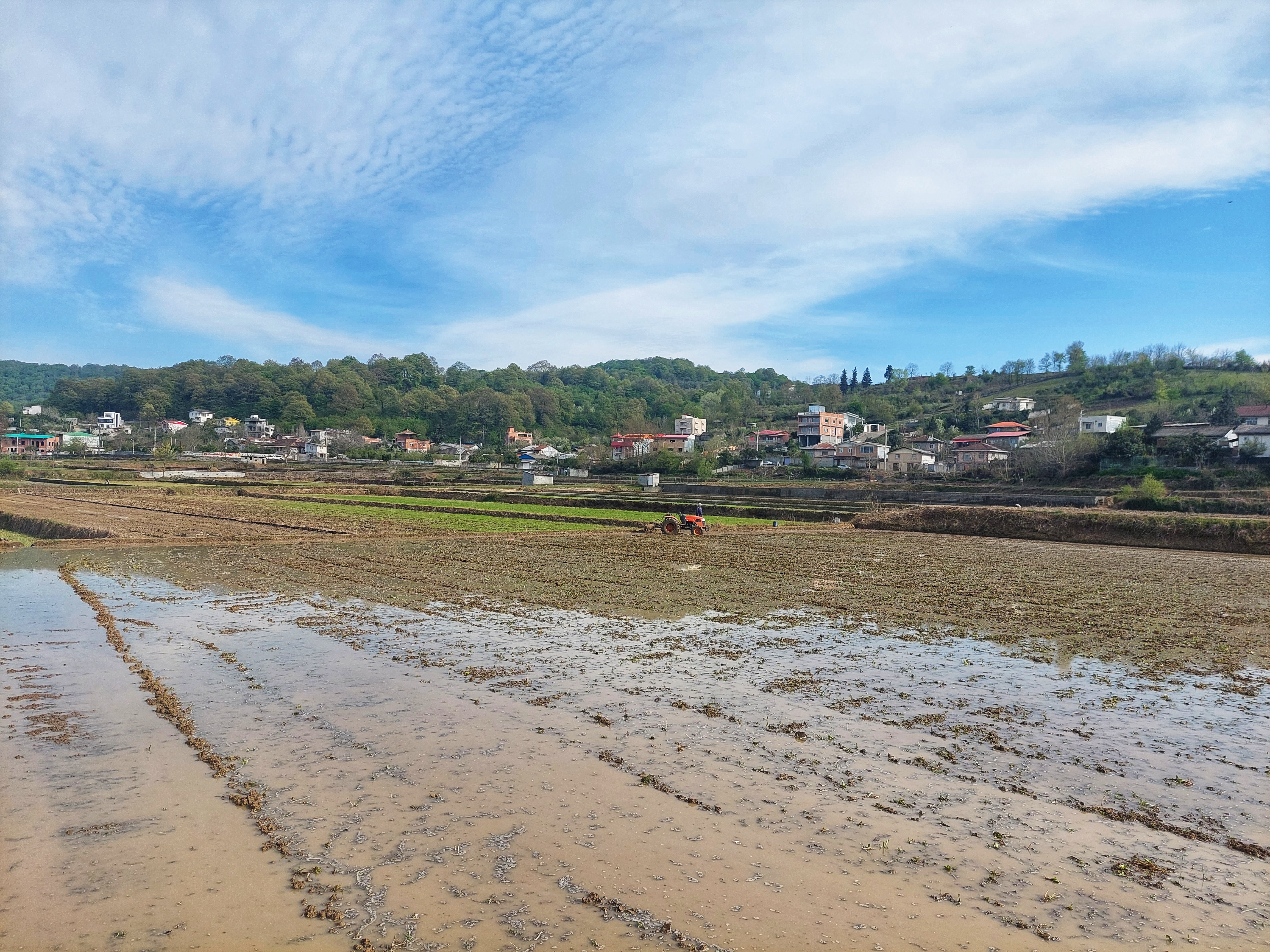
For centuries, Iranian rice has been celebrated as a symbol of hospitality, abundance, and culinary excellence. Within this realm of exceptional grains, Sadri rice reigns supreme. Cultivated in the lush, fertile paddy fields of northern Iran, particularly in the Gilan and Mazandaran provinces along the Caspian Sea, Sadri rice is a long-grain variety revered for its unparalleled aroma, delicate flavor profile, and unmatched quality.
Imagine the scene: farmers carefully tending to their fields, using time-honored techniques passed down through generations. The unique climate and soil composition of this region contribute to the distinctive characteristics of Sadri rice. The grains themselves are slender and elegant, boasting a pearly white color that shimmers under the light. But it is the aroma – a captivating blend of floral notes and subtle nuttiness – that truly sets Sadri rice apart. Even before it’s cooked, the fragrance hints at the exquisite experience to come.
Cooking Sadri rice is an art form in itself, and mastering it unlocks a world of culinary possibilities. The grains require gentle handling and careful attention to ensure they cook up to their full potential. When prepared correctly, Sadri rice transforms into a cloud of fluffy, separate grains that practically melt in your mouth. Its light, airy texture is a testament to its superior quality and careful cultivation.
The flavor of Sadri rice is equally enchanting. It possesses a subtle sweetness and a delicate nutty undertone that enhances, rather than overpowers, the other flavors in a dish. This makes it an incredibly versatile ingredient, perfectly suited for a wide range of culinary applications.
Beyond its exquisite taste and texture, Sadri rice also offers a range of nutritional benefits. It is naturally gluten-free, making it an excellent choice for those with dietary sensitivities. It is also easily digestible, providing a sustained source of energy without the heavy feeling that can sometimes accompany other grains. Many traditional farmers avoid the use of harsh chemicals and pesticides, further enhancing the natural goodness of Sadri rice.
In Persian cuisine, Sadri rice is more than just a staple; it’s an integral part of the cultural fabric. It is the foundation of countless iconic dishes, from the simple elegance of chelo kabab (grilled kebab served with rice) to the elaborate artistry of polo (pilaf), where the rice is infused with saffron, herbs, and other flavorful ingredients. The crispy, golden crust known as tahdig is a coveted delicacy, showcasing the perfect balance of texture and flavor that Sadri rice can achieve.
Serving Suggestions & Tips:
• Perfect with: Grilled meats (especially lamb and chicken), flavorful stews (like ghormeh sabzi and fesenjan), delicate seafood dishes, and vegetable curries.
• Cooking method: While there are various methods, the traditional Persian method of soaking, parboiling, and then steaming yields the best results.
• Enhance the aroma: Add a pinch of saffron threads soaked in warm water to the rice during the final steaming stage.
• Elevate your tahdig: Use a non-stick pot and a generous amount of oil or butter to create a perfectly crispy tahdig.
Experience the Difference:
Iranian Sadri rice is not simply a grain; it is an invitation to embark on a culinary journey. It is a taste of tradition, a celebration of quality, and a testament to the artistry of Persian cuisine. Indulge in the elegance and discover the true meaning of culinary excellence with Iranian Sadri rice.



